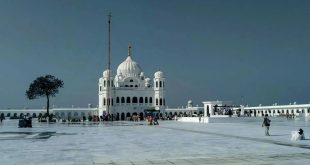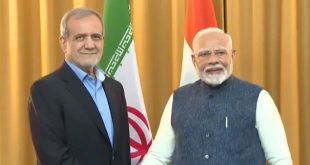Uttar Pradesh Name Change Story: Navigating the Historical Crossroads
In the annals of history, the birth of a state is not just about its territorial expansion but also about its identity. Uttar Pradesh, one of India’s largest and most influential states, went through a fascinating journey of nomenclature. This article unravels the intricate tale of how Uttar Pradesh got its name on that crucial day – January 24, 1950.
The Initial Dilemma: Choosing Uttar Pradesh’s Name
The conundrum faced in 1950 was whether to stick with the name United Province of Agra and Awadh or opt for a more culturally rooted name like Aryavart or simply Uttar Pradesh. The decision-making process involved prominent figures, with Chief Minister Govind Ballabh Pant and Prime Minister Jawaharlal Nehru at the forefront.
Key Players in the Decision
Chief Minister Govind Ballabh Pant
Pant’s role in shaping the destiny of the state was pivotal. Initially leaning towards Aryavart, his stance shifted during the crucial moments.
Prime Minister Jawaharlal Nehru
Nehru’s approval played a decisive role. Understanding the cultural fabric of the state, he made a significant call during the Maha Sammelan in Farrukhabad.
Proposal for Aryavart and Initial Disagreements
On November 11, 1949, Education Minister Dr. Sampurnanand proposed Aryavart as the name for the state. However, this proposal faced opposition, even from Pant himself.
Congress Committee’s Objection to Aryavart
The Congress Committee raised concerns about the name Aryavart, suggesting it reflected a perspective aligned with the Sangh’s ideology, while the state’s essence was a blend of Ganga-Jamuni culture.
Turning Point: Nehru’s Decision
The turning point came on December 5, 1949, during a Congress Convention in Farrukhabad. Nehru, after receiving the committee’s suggestion, decided in favor of Uttar Pradesh.
The Maha Sammelan in Farrukhabad
The Maha Sammelan became the battleground for ideas. The committee’s suggestion, coupled with Nehru’s decision, led to the final resolution.
Sealing the Deal: Nehru’s Approval
With Nehru officially endorsing the name Uttar Pradesh, the state’s destiny was sealed. The vision of Aryavart gave way to the regional identity embedded in Uttar Pradesh.
Uttar Pradesh’s Historical Background
Understanding Uttar Pradesh’s historical evolution is crucial to appreciate the significance of the name change. From being known as the North-West Province in the British era to undergoing two name changes in the post-independence period, the state’s identity has been a subject of continuous evolution.
British Era: From North-West Province to United Province
Before independence, Uttar Pradesh was referred to as the North-West Province, a name inherited from the British colonial administration.
The Temporary Shift to United Province
In 1902, the name underwent a shift to the United Province of Agra and Awadh, marking a transition towards a more consolidated identity.
Reverting to United Province: 1937
Despite the temporary shift, by 1937, the state was once again known as the United Province, reflecting the political and administrative realities of the time.
The Final Transition: Uttar Pradesh in 1950
On January 24, 1950, the state took its final form as Uttar Pradesh, a name resonating with the rich cultural and historical tapestry of the region.
Three Name Changes: A Brief Recap
To summarize, the state underwent three significant name changes: from North-West Province to United Province of Agra and Awadh, then back to the United Province, and ultimately settling on Uttar Pradesh.
In conclusion, the story of Uttar Pradesh’s name change is a testament to the delicate balance between preserving cultural identity and adapting to the dynamic political landscape. The decision made on that historic day continues to shape the state’s narrative.
 Suspense Crime Sach Ka Dam
Suspense Crime Sach Ka Dam



